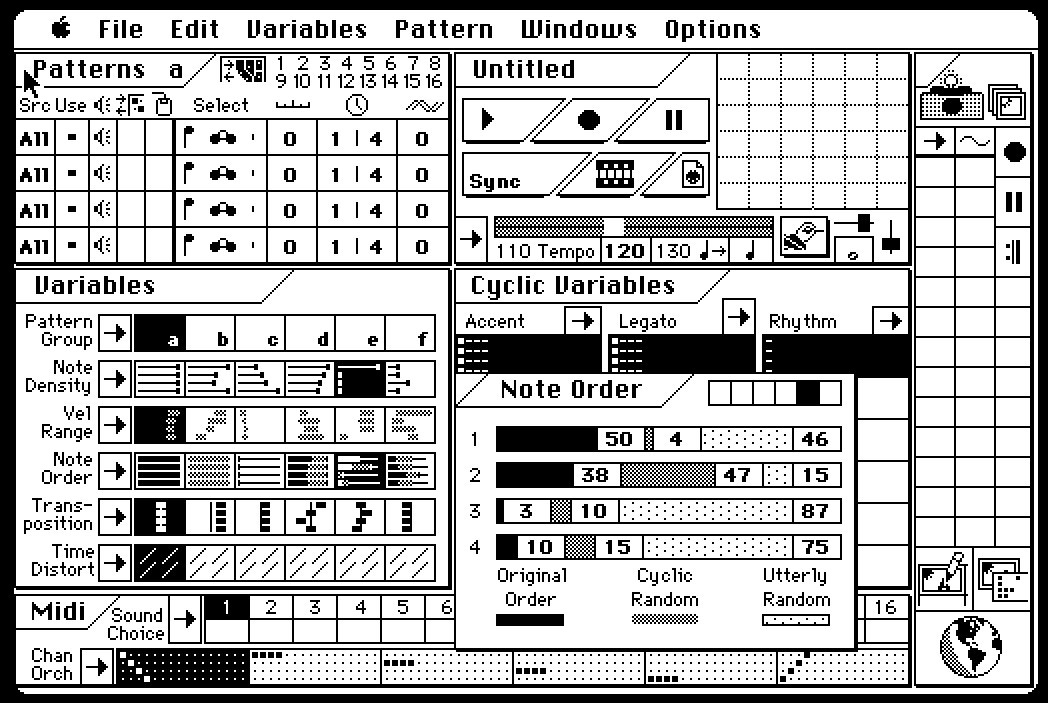Text by Kristen Roos
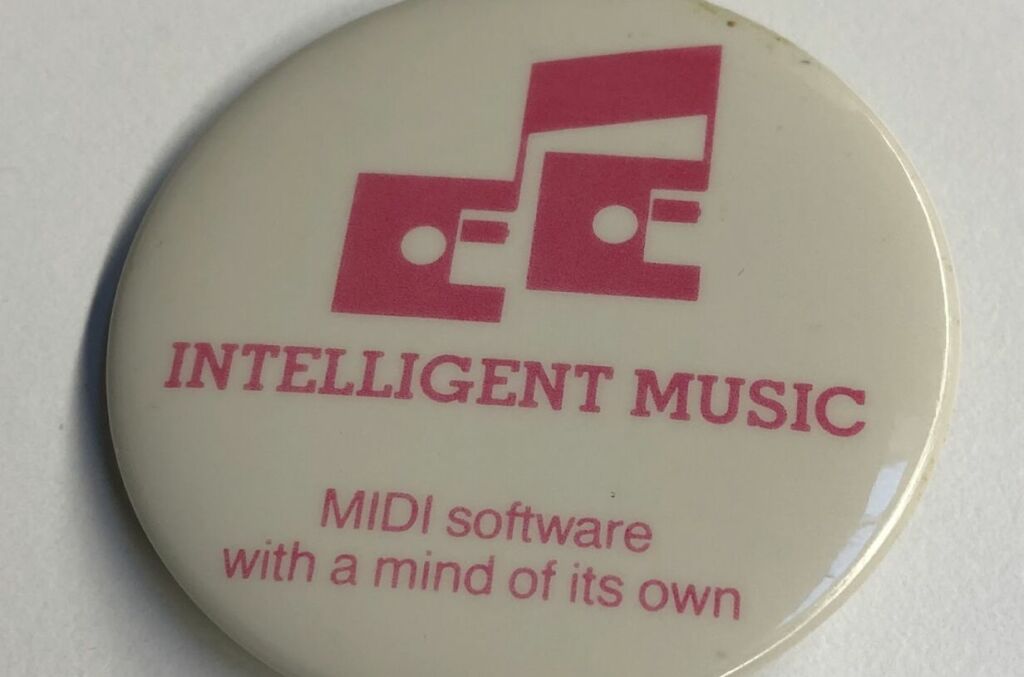
These are some of the qualities that identify what Americans call ‘smart software´- a new breed of music software designed to let computers play a more active role in the creation of your music. [1]
Recently, I’ve been digging through online archives of magazines that focus on electronic music and technology, with a focus on reviews and articles from the mid to late 1980s. These articles point to a trend in smart tools for music production that were beginning to let personal computers have more of a voice in the compositional process. This wasn’t something new in terms of an already long-established history of computer music and the ideas circulating in mainframe computer labs for decades, particularly the work of Max Mathews and Laurie Spiegel at Bell Labs [2].
But the difference here is that the intelligent tools that were once only available to those with access to academic and corporate computer laboratories were now made available to people with computers in their homes and music studios. This democratization of computers also brought with it a wave of articles and imagery in the media that spoke in an often-fearful way of Artificial Intelligence. As the personal computers of this era had become less expensive and more accessible, they had also grown exponentially in processing power and seeming intelligence.
Many wondered if machine consciousness couldn’t be far behind. In the music press from this time, we find the same two words used repeatedly to describe algorithmic computer systems: smart and intelligent. The tone of such articles may seem quaint by today’s standards when AI and algorithmic control underpin so much of our technology, but the question of machine intelligence remains.
Intelligent Computer Music Systems Inc., known simply as Intelligent Music, was one of the pioneering software developers in this first wave of smart software and algorithmic MIDI sequencing programs for personal computers. It was founded in 1984 by Joel Chadabe, a musician, educator, and early champion of interactive systems for composing music with computers (his book Electric Sound is still a valuable resource on the history of Electronic Music).
With the tagline ´MIDI Software with a Mind of its Own,´ Intelligent Music focused on unique approaches to MIDI sequencing software for personal computers, with Joel Chadabe as president and David Zicarelli (a former student of Chadabe) as Director. At the time, MIDI sequencing software for personal computers was at its infancy, and David Oppenheim had recently founded Opcode Systems [3], publishing the first MIDI sequencing software for the Macintosh in 1985.
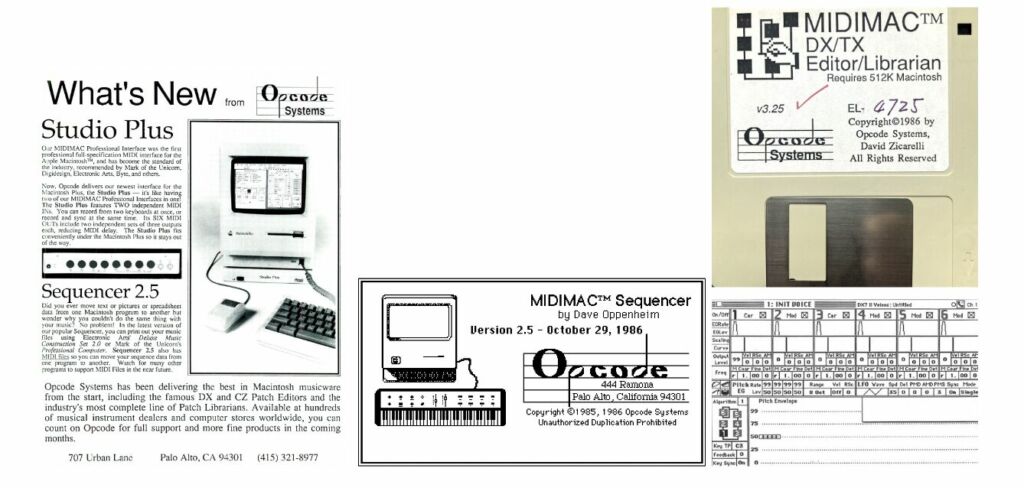


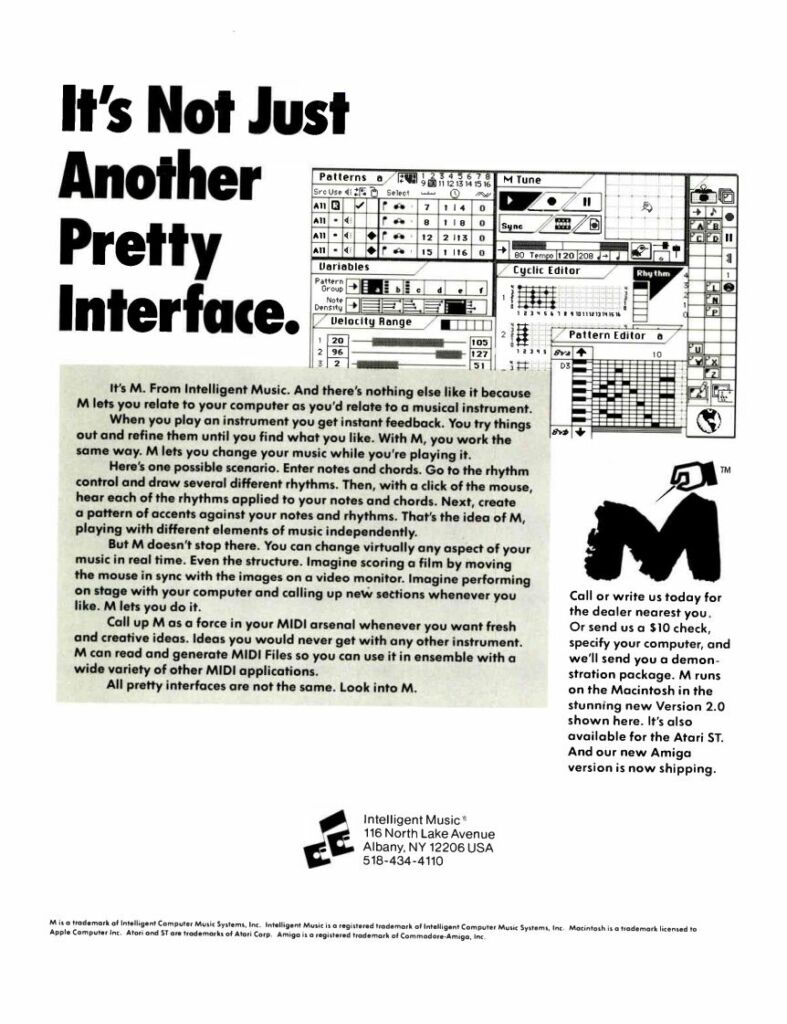
Oppenheim was influential in motivating Zicarelli to create software for the Macintosh, and Zicarelli came back to him with an editor/librarian tool for one of the best-selling synthesizers at the time, the Yamaha DX-7. This proved to be one of the most popular tools released by Opcode, and they went on to create an abundance of similar editors, known simply as patchers, as new synthesizers were released. From here, Zicarelli went on to create software published by Intelligent Music in collaboration with two of Joel Chadabe’s other students – John Offenhartz and Antony Widoff, with Eric Ameres creating ports and permutations for other platforms (such as Realtime for the Atari ST). This software directly reflected Chadabe’s ideas on interactive composing and the desire to create intelligent, algorithmic tools that allowed users to adjust aspects of their music while a computer algorithm was responding to it.
In a short period (1986-1990), Intelligent Music managed to publish a number of titles that had rippling effects in the music world, creating a small revolution in MIDI sequencing software for personal computers. These titles include M, Jam Factory, Upbeat, Midi Draw, Ovaltune and Realtime.
My research has also resulted in a series of albums entitled Universal Synthesizer Interface [4]. The third volume focuses exclusively on UpBeat: The Intelligent Rhythm Sequencer, published by Intelligent Music in 1987. The subsequent volumes in this series will focus on each individual piece of software released by Intelligent Music.
Hailed by reviewers at the time as ‘the world’s best drum machine,’ UpBeat allowed MIDI compatible hardware to be saved as preset devices that could then be called up as individual tracks in its software interface. What made it truly unique, however, was its ability to send looping MIDI patterns to drum machines that could then play the loops in perpetuity while the user made real-time adjustments on the fly.
While common in today’s digital audio workstations, this was a true novelty at the time of UpBeat’s release. In addition to this, the program also offered intelligent control over each individual drum sound, allowing users to make algorithmic changes in note density, timing, articulation, and velocity. I spoke with the creator of Upbeat, John Offenhartz, over Zoom. We delved into the intention behind the software, his experiences working for Intelligent Music as an undergraduate student in his early twenties, and some of the ideas surrounding the random and algorithmic features.
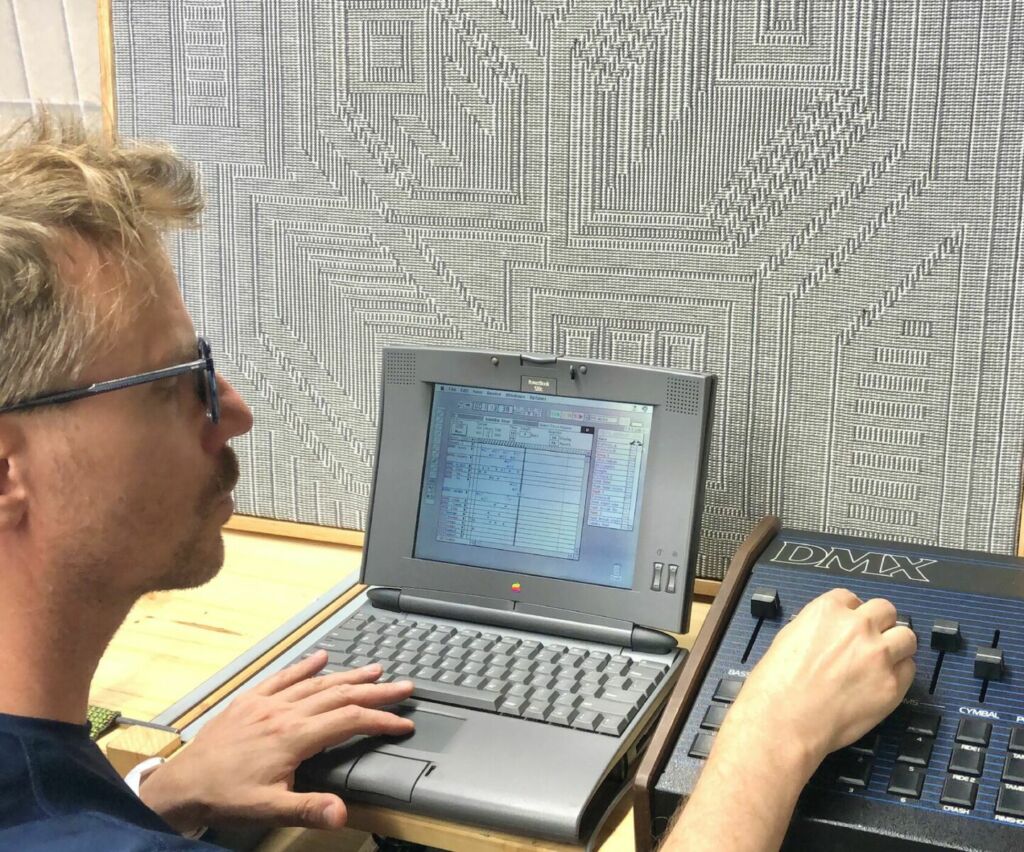
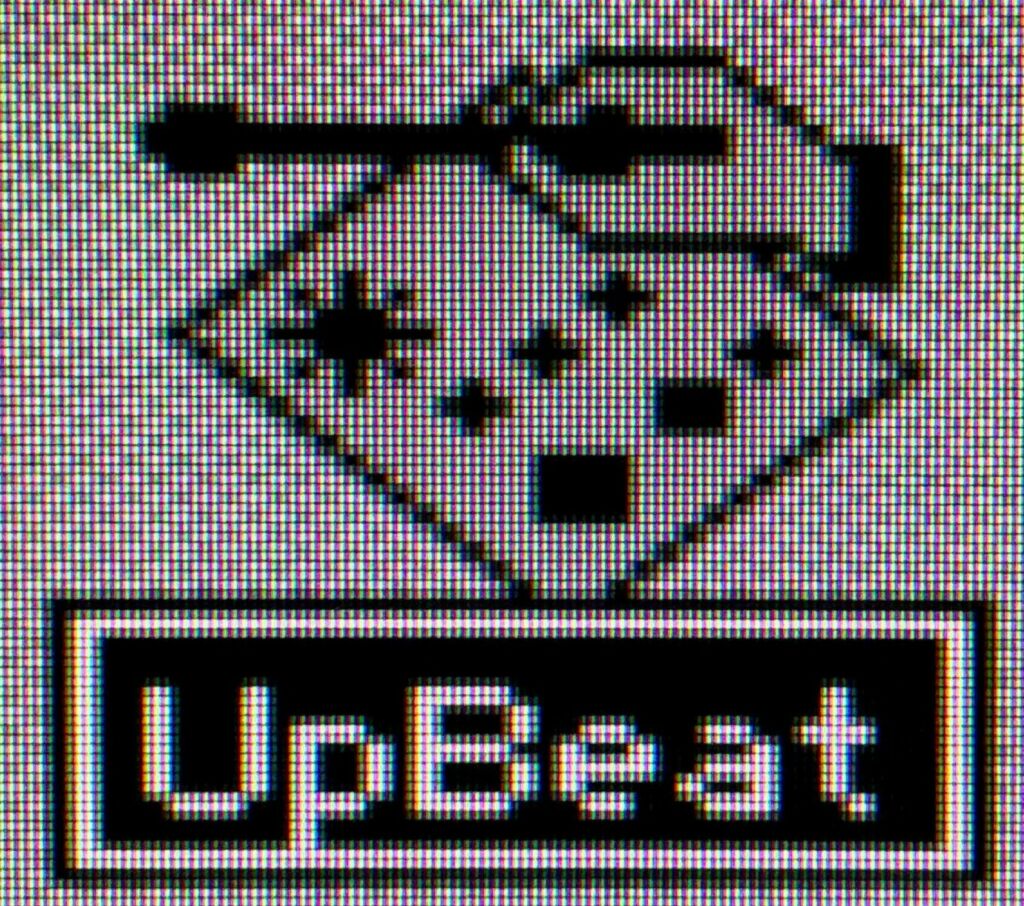
So many sequencers at this time were very precise, giving the music a dead feeling, frankly. Because the real world is not that precise, some of it is pure randomness to make something feel alive for the sake of liveliness. And some things are purely random, to do nothing more than drop notes. Whereas algorithms, to me, are things more like the fills, where you are doing some processing on the original material. There is an opinion to the randomness. Even the stuff that David Zicarelli did with Markov Chains is randomness, but it’s opinionated. It’s informed by an algorithm that’s going to make it work better based on the source material. The UI elements, like the controls David Zicarelli created for his patch editor, like the numeric slider, were part of our standard library. So, we were, in fact, using graphic modules that David had come up with. [5]
One of the initial programs that John Offenhartz worked on during his time at Bennington College was simply named M: My senior project was essentially working on M, and doing a concert with M. I used it live. Somewhere in the archives of Bennington College you can find my concert using an early version of M and a rack mounted DX-7.
David Zicarelli managed to keep versions of this program available up until a few years ago, unfortunately it’s currently not compatible with the latest 64bit Macintosh OS. He explained some of the intentions behind his work at Intelligent Music in an interview from 2020: These were interactive composition programs I worked on after the DX7 Editor. They were inspired by the ideas of my teacher Joel Chadabe. M was a more direct reflection of Joel’s concepts of compositional variables and was created with two other students of Joel’s, John Offenhartz and Antony Widoff. Jam Factory performed a simple analysis of what you played into it and immediately started replaying a version of it back to you. I was interested in a certain kind of sound in which if you zoom out, the music would sound vaguely the same, but if you focused on the specific notes, it wouldn’t be repeating. I haven’t ever gotten past that idea, and it’s still what I try to do all the time.” [6]
In Joel Chadabe’s Electric Sound, there is mention of Carl Stone receiving an early version of M. I had listened to a few of Carl’s albums, including the re-released compilations on Unseen Worlds of his early electronic work. I spotted a few tracks in particular that sounded like he had used Intelligent Music’s M. After getting in touch with Carl, he confirmed: You are correctly identifying the M-based pieces from the two albums, FOUR PIECES and MOM’s (which contains Gadberry’s). You will also find M “under the skin” in Noor Mahal, which was recently released on Unseen Worlds. I adopted a MacPlus as my first computer for music but switched to a Mac SE/30 when it came out. I adopted a PowerBook for live performance soon after it became available. I toured for years with a Mac, a TX816 and a Prophet 2002 (rack version of the 2000). I still use Mac laptops for performing even today. When Max MSP became available, I abandoned MIDI and the outboard gear and just used machine DSP audio. I used Jam Factory as the first Intelligent Music program, but when M came out, I gave that all my attention. [7]
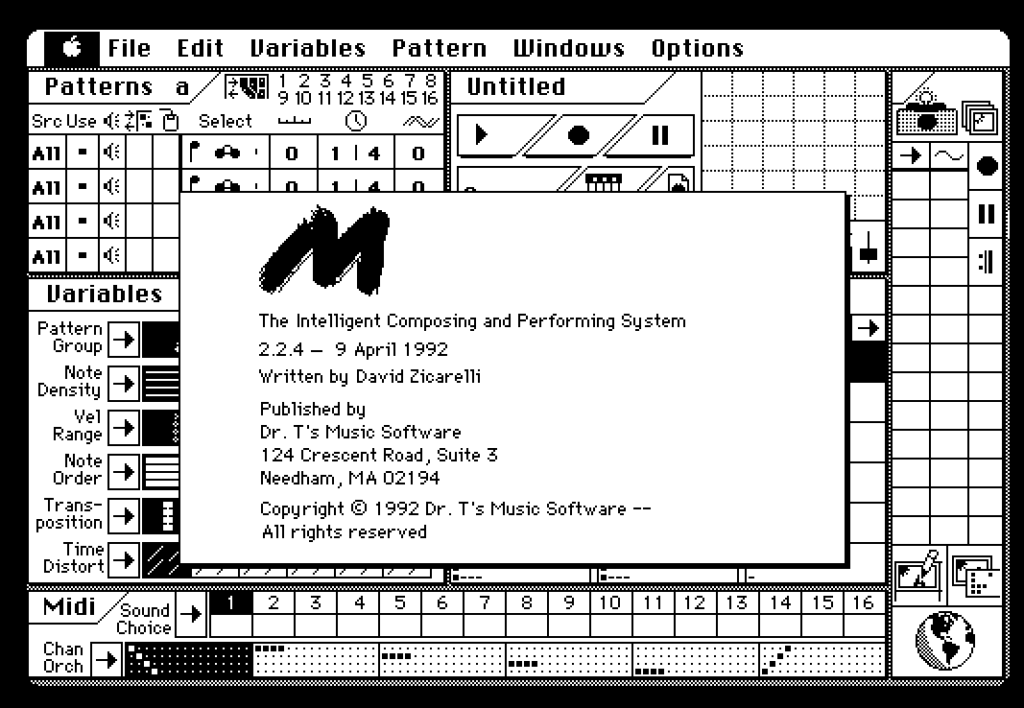
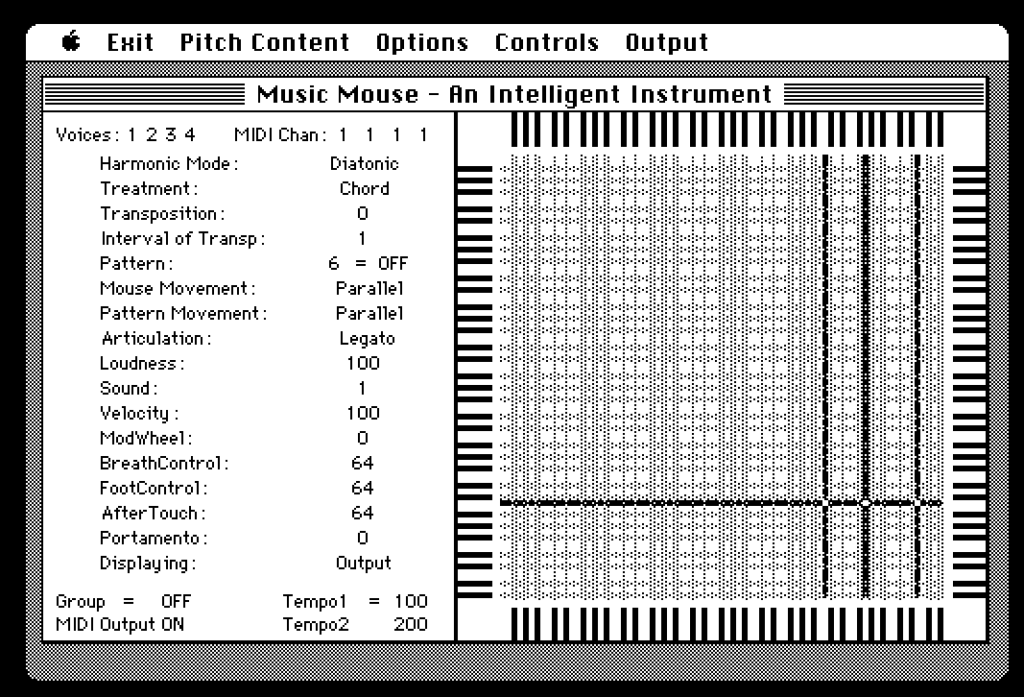
Intelligent Music’s M can be seen as a kind of precursor to the much more complex and open-ended MAX, which Miller Puckette originally developed at IRCAM in Paris(named MAX as a nod to Max Mathews). If you used M at the time and liked the ideas it was exploring, then MAX was the next logical jump in this process, and artists such as Carl Stone can attest to this. Autechre (Rob Brown and Sean Booth) are examples of artists who leapt from using pre-packaged MIDI sequencing software to using MAX, primarily due to the integration of signal processing features when it became MAX/MSP. Their first LP release was part of Warp Records’ pivotal Artificial Intelligence series of albums, and the subsequent Intelligent Dance Music genre came at the crest of a wave that started with a boom of smart software and MIDI sequencing tools for personal computers in the mid-1980s onward.
In a 2016 interview, Sean Booth spoke of his devotion to MAX/MSP: I just use MaxMSP now because in Max, I can generally build the thing I need, and if I don’t know how to do that, it’ll generally be worthwhile learning. Intellectual capital or whatever. So rather than spend me money on equipment, I spend me money—as time—in learning how to build stuff. We’ve built up a pretty extensive deep system now. When I first started using Max, it was a bit intimidating; you’d get blank canvas syndrome, that moment of “what should I do? I could do anything!” Once I started to build stuff, narrow it down, reduce the capabilities, you start to get more ideas. It’s all about narrowing down for me. There has to be a seed [8]
Intelligent Music had plans to release MAX, and Joel Chadabe had signed a publishing agreement in 1989. However, in 1990, while MAX was still in preparation for publishing, Intelligent Music suffered financial difficulties. It sold off most of its software rights to be published by Dr. T’s Music Software. One could speculate that this was largely due to the unconventional nature of Intelligent Music’s software, which proved more sustainable when published by a larger company with a wider variety of software being released. Dr T’s was one of the largest music software publishers at this time, including eclectic programs like Laurie Spiegel’s Music Mouse, the first intelligent instrument for the Macintosh.
Spiegel’s decision to create her own interactive software was directly affected by her time at Bell Labs working with Max Mathews, where she says they first started using the term Intelligent Instrument.
My own first memory of the term ‘intelligent instrument’ dates from about 1973, when Max Mathews, Emmanual Ghent, and Dick Moore used it in discussing our work. Well before real-time digital synthesis became established (from 1977 onwards), using hybrid (computer-controlled analogue) technology, we were among the very first to be able to hear the results of high-level music-generating software in real-time and, therefore, to be able to interact with software processes while they were actually computing the music we heard, instead of listening to the stored results later. Because of the real-time nature of the system we used, this Bell Labs group may well have been the first origin of the concept, the practice of software-based “intelligent instruments,” and also of the expression. [9]
After nearing bankruptcy, Intelligent Music switched its focus to marketing a touch- and pressure-sensitive control device for the consumer market called TouchSurface. This device was eventually licensed to product development company Stratos, but it didn’t ever make it to the marketplace. One can see the beginnings of the future in a device like this and the multitude of surfaces and USB triggers that are now available.
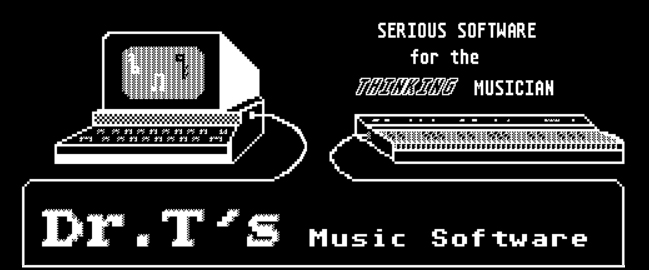
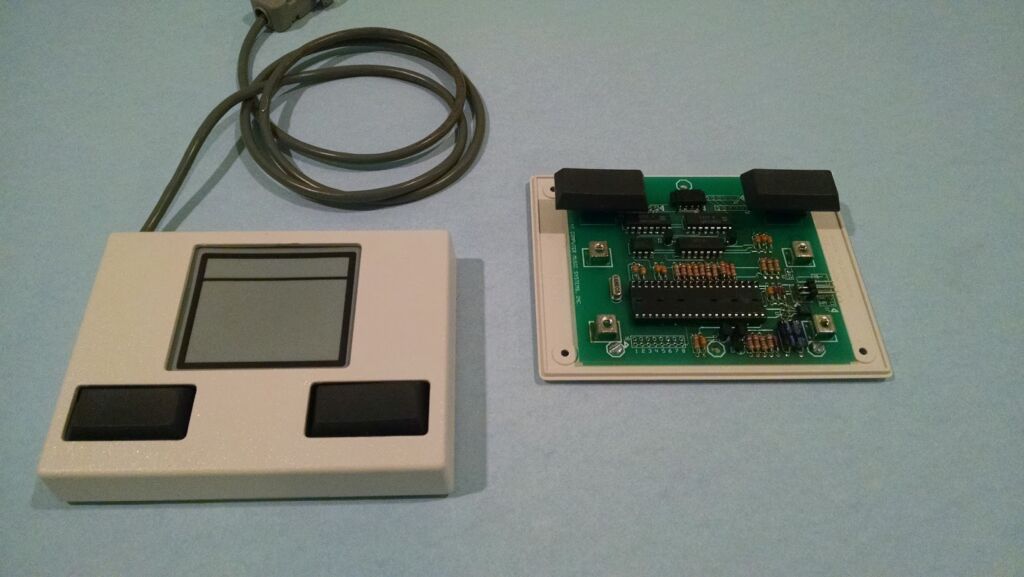
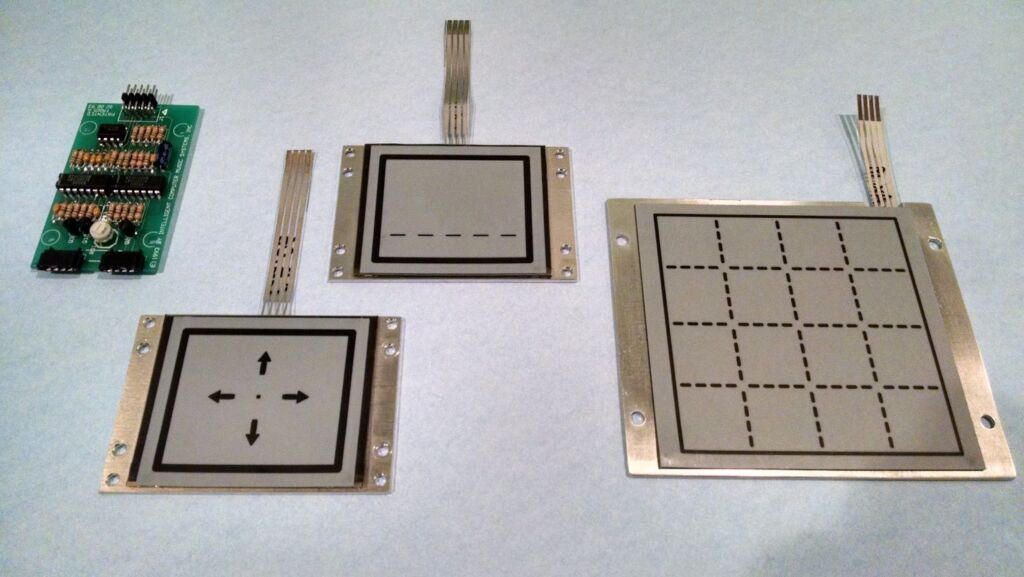
With Intelligent Music approaching financial collapse, Chadabe facilitated a publishing deal for MAX between IRCAM and Opcode Systems in 1990, allowing Opcode to start publishing the first version of MAX for the consumer market shortly after. In 1997, David Ziccarelli acquired publishing rights for MAX, just a year before Opcode Systems was purchased by Gibson’s Guitars, who immediately stopped releasing any of Opcode’s MIDI sequencing software, effectively killing Opcode Systems. In the same year, Zicarelli founded Cycling ’74 as the new publishers of Max and incorporated some of Miller Puckette’s ideas from Pure Data, extending the audio processing capabilities resulting in Max/MSP. In June 2017 Ableton announced that they had acquired Cycling ’74. When asked if anything had changed with Cycling ’74 since the merger with Ableton Live, Zicarelli responded Nothing, except that my meetings start earlier in the morning because I live in California. [6]
Cycling ’74, Ableton Live and Max for Live have a deep connection to foundational companies like Intelligent Music and Opcode Systems. I’ve experienced using all of Intelligent Music’s vintage software on personal computers from this era, allowing me to have tactile experiences when interacting with the graphic interfaces and navigating with the keyboard and mouse of this era.
This has enabled me to make connections between the pioneering features found in this software and the music software of today. I’m left with a sense of history in a space often dominated by obsolescence and an understanding that Intelligent tools for music production have historically been interactive, encouraging spontaneous human decision-making through a dialogue between the musician and the computer. As opposed to the prompt-generated music created by today’s AI, the origins of such an interactive approach can be seen in the work of artists like David Behrman [10].
In digging up this now largely forgotten software, I’m interested in shining a light on something that significantly impacted electronic music. Rather than removing the human element, the music I’ve created with this software demonstrates, in the words of Laurie Spiegel, how such software was designed to let the computer grow into an actively participating extension of a musical person.

